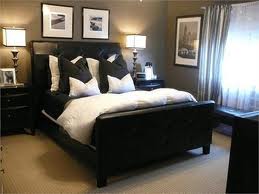Principles of Design
Harmony: Combination of variety and unity to create a room.
Unity- The room tied together with a common Denominator or theme.
Variety- The different shapes, colors, and objects in a room.
Proportion: The way that one part of an object relates to the whole object.
Scale: The way on abject relates to another object.
Balance: Visual Balance in a room, equal weight on all parts
of the room.
Formal- Both sides are the same, or mirror images of each other.

Rhythm: The felling of movement in a room from one point to another. ( Repetition, Gradation, Opposition, Transition, and Radiation.)
Repetition - A design tool that is repeated. Usually one of the elements of design. (Space, Shape, Lines, Texture, Patters, and Color)
Gradation- Moves the eyes form one lights to darks of from small to large with one move of the elements.
Opposition- An abrupt change in color or line that keeps moving eyes.
Transition - How one part of design changes to another part.
Radiation - moves your eyes out from a center point.

Emphasis: the focal point of the room. There should only be one focal point. (Architectural emphasis like windows, staircases, fireplaces, ect....) is a great way to create a focal point.
Elements of design
Space
Shapes
Lines
Texture
Patterns
Color






































